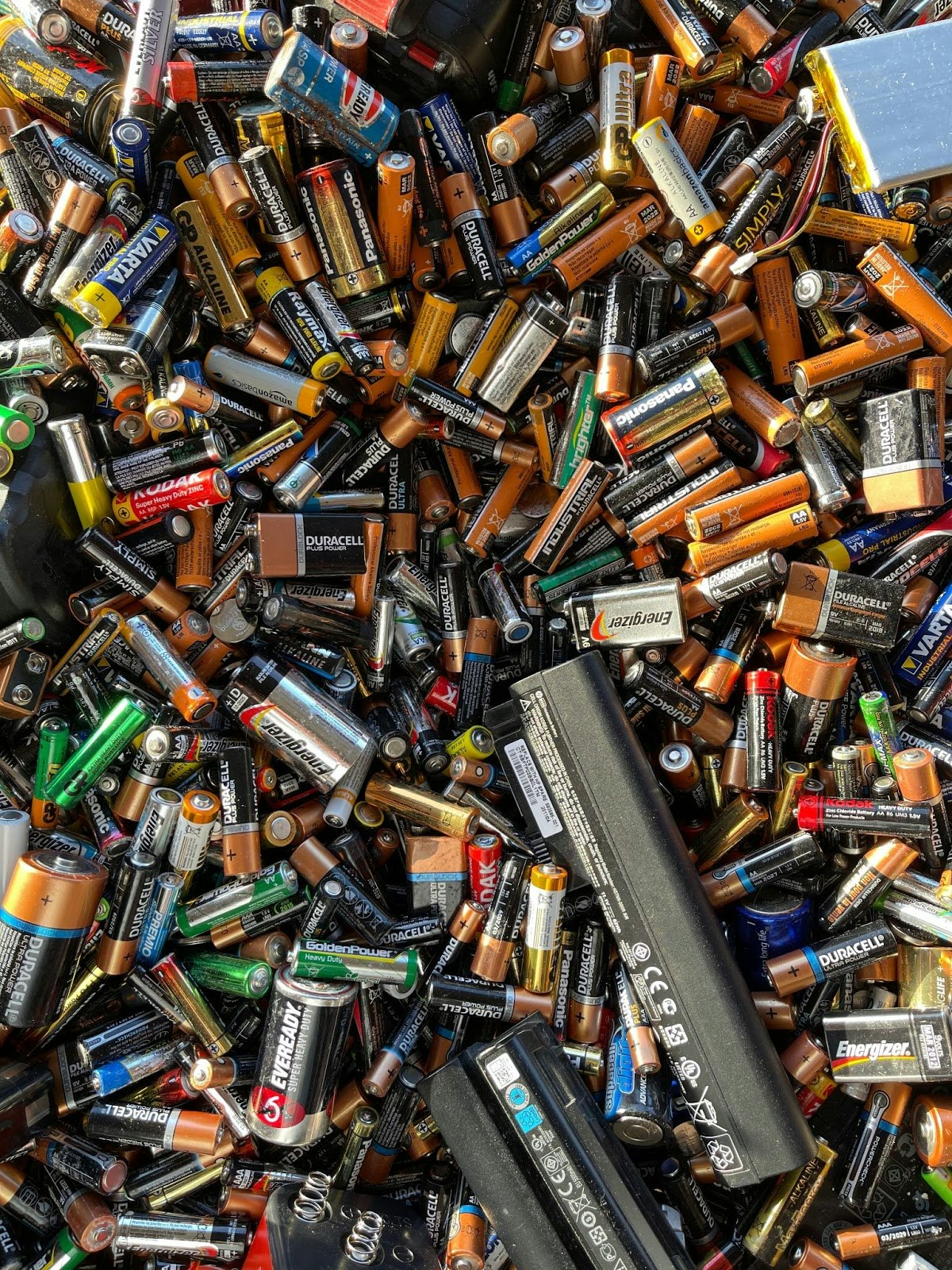- Solar energy blog
- Sustainability of batteries: Can we afford them?
Sustainability of batteries: Can we afford them?


Laura Rodríguez
Business developer
Laura is a renewable and software industry sales professional, currently working at RatedPower as Sales Overlay in North America & Territory Manager Oceania. With a background in International Business and International Trade, Laura previously worked in the business strategy area in various companies as well as as a market analyst for the Government of Spain in Australia.

Content
In our latest post we approached the different types of batteries and their characteristics as well as different battery alternatives. In today’s blog post we wanted to take a deeper look into their sustainability and their importance in the industry and our society.
As everything in this life, something good, depending on how it is manufactured, consumed or if it is overused, might turn out to have a negative effect in terms of sustainability or health. In this sense, the development of battery technologies and all that they entail have many supporters, but also many opponents.
On the one hand, batteries could be the tipping point for the adoption of renewable energy power plants that would greatly benefit from storage systems and thus be able to provide a consistent supply of energy. However, not managed correctly, the development of batteries could bring a huge amount of waste materials, pollution from toxic waste, and shortage of raw materials.

To avoid the potential problems of an uncontrolled battery production and recycling process while incentivizing their implementation, governments around the world have made this a priority in their energy transition strategy and the allocation of funds.
As an example, the European Union is competing for the development of sustainable batteries through the strategies of the Green Deal “Sustainable batteries for a circular and climate neutral economy”
As read in their strategy report, batteries placed on the EU market should become sustainable, high-performing and safe all along their entire life cycle. Translated, this means that batteries should be produced with the lowest possible environmental impact, using materials obtained in full respect of human rights as well as social and ecological standards. Most importantly, at the end of their life, batteries should be repurposed, remanufactured or recycled, feeding valuable materials back into the economy.
Batteries against climate change
According to the World Economic Forum, batteries could be part of the fight against climate change if we:
Reuse batteries across industries
As we introduced at the beginning of the blog, negative environmental effects of batteries are reduced as their lifetime extends.
The clearest example, already seen in the market, is repurposing and reusing electric batteries from vehicles in a different industry, thereby doubling the battery lifecycle to about 20 years. It is after approximately 10 years of use when the capacity of electric car batteries drops below 70-80% and they may no longer be strong enough to power a car or give you the necessary autonomy for your daily use. However, these batteries retain enough capacity for stationary storage in various contexts: in households, to balance power plants, or to electrify off-grid communities in rural areas.
However, as promising as this may sound, repurposing batteries is costly. There is still too much research and policy needed regarding residual value of battery capacity, lack of standards, and regulatory uncertainty about liability once the battery changes owners and applications.
Recycle batteries
We must use existing battery resources as best as possible, to avoid pollution from toxic waste and secure a strong supply of raw materials at low environmental cost.
Currently, the cost of recycling a battery is €1 per kg. But the value of raw material reclaimed is 1/3 of that. Recycling lithium costs five times as much as extracting virgin material. Therefore, only 5% of lithium-ion batteries are recycled in Europe.
Once more, although recycling methods are promising, these are currently obstructed by several barriers, including the limited scale of batteries available for recycling, again lack of battery standards to simplify recycling, an insufficient policy and incentive scheme to incentivize collection and a limited clarity about liability.

Is lithium all there is for storage of energy? Could we store clean electricity in an equally clean battery?
As we studied in our latest blog, lithium is not the only storage option out there, however it is currently the go-to energy storage solution for manufacturers of electric cars, phones, tablets, and laptops. And it’s easy to see why: they’re efficient chargers, easy to dispose of, and have a higher energy density than alkaline batteries.
Additionally, investors are bidding high on the so-called “white gold'', doubling lithium’s price between 2016 and 2018.

However, other materials such as the graphene battery are also drawing attention. Graphene is able to create supercapacitors that are strong and light, and although it might still be early to anticipate, the graphene battery market is predicted to reach $115 million by 2022, with companies using supercapacitors to power everything from laptops to electric motorcycles.
As an example, the Spanish company «Graphenano» has presented together with its Chinese partner «Chint» batteries made with a graphene polymer which, if used in electric vehicles, would allow an autonomy of 800 kilometers while occupying between 20-30% less than a lithium battery and could be charged in just 5 minutes.
Almost every day we see new technologies and inventions that bring us closer to this goal. For example, a group of innovators at AquaBattery believe their “Blue Battery”, which stores power in water, could be used to stockpile all the eco-electricity the Netherlands produces, in a 100% sustainable way.
Step by step I believe we will get closer to our ultimate goal, however, until then, we must try to adopt the best regulations for producing and recycling our current batteries.
In short, alternative battery solutions are currently being studied. Do you think a transition towards a different storage system technology could become a reality in the near future?
Latest stories
Related posts
Technology and engineering
Innovation in renewable energy: Developments expected in 2025
We look at the 10 biggest renewable industry developments that are making a green future possible, including perovskite solar cells, green hydrogen, and more.
Updated 18 MAR, 25

Market analysis
Breaking down solar farm costs: Free template inside
Updated 27 SEP, 21

Market analysis
Solar energy in Australia: a 2021 market analysis
Updated 11 MAY, 21

- RatedPower
- Solar energy blog
- Sustainability of batteries: Can we afford them?
